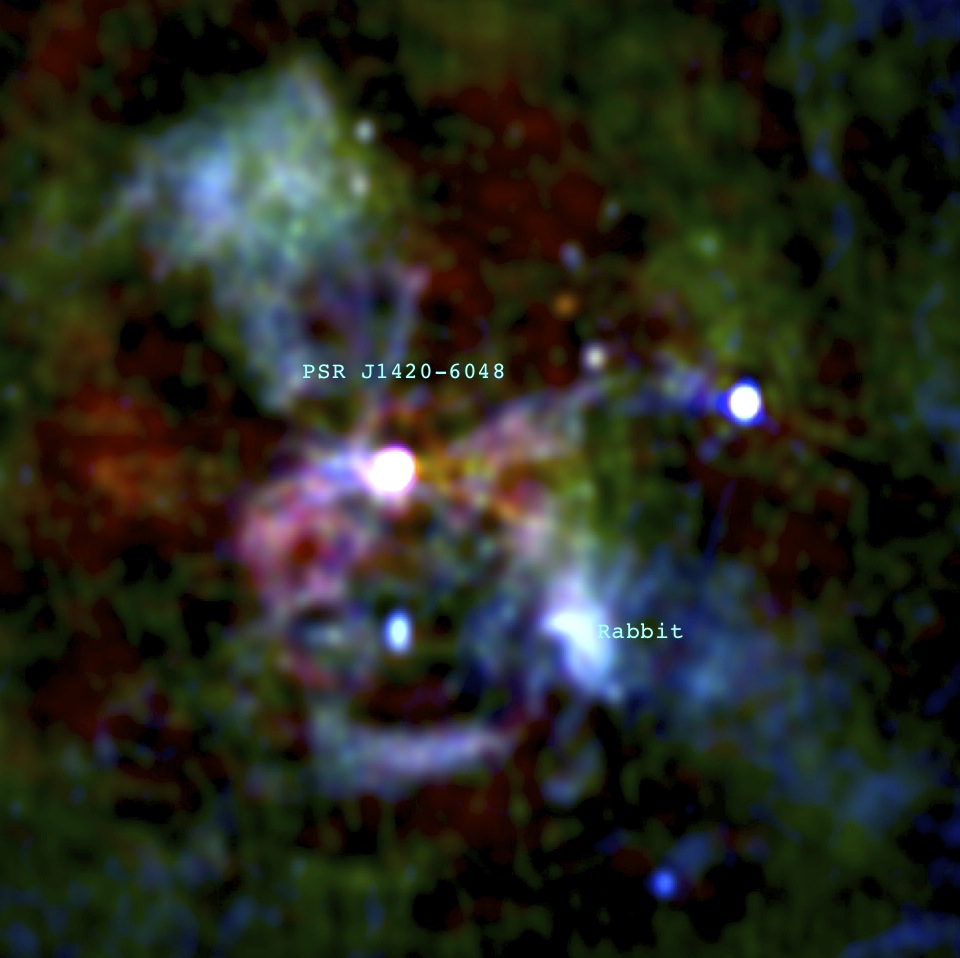| Description: | The ultra-relativistic winds accelerated by energetic young pulsars create nebulae that emit from the radio to TeV gamma-rays. Traditionally, most of these were discovered through radio surveys looking for "Crab-like" nebulae and by imaging the regions around radio discovered pulsars, and only a few dozen were known by the early 90s. However, in gamma-rays, the main source classes in our galaxy are energetic pulsars and their nebulae. Starting with GeV sources discovered by EGRET in the late 90s, and continuing with TeV sources discovered by ground based telescopes such as HESS, MILAGRO, and VERITAS, high-energy gamma-rays have been serving as pointers to many previously unknown pulsars and pulsar wind nebulae. Some of these are very faint in radio and X-rays, despite being some of the most luminous gamma-ray sources in our galaxy. I will review the properties and evolution of pulsar wind nebulae, and discuss some of the many discoveries resulting from investigations of previously unidentified Galactic gamma-ray sources.
Image above: The Kookaburra Radio Complex. This complex of radio sources was first noted due to its coincidence with a bright source of GeV gamma-ray emission first detected by the EGRET instrument on board the Compton Gamma-Ray Telescope. X-ray imaging with the ASCA satellite revealed two extended non-thermal sources which radio and TeV imaging have identified as pulsar wind nebulae (PWN). This image combines a 36cm image (blue) made with the MOST telescope with 20cm and 13cm images (green and red) from the Australia Telescope Compact Array. The PWN are the two "wings" of non-thermal emission that seem to extend from a thermal shell, giving the complex its name. At the base of the Northern wing is the energetic radio pulsar PSR J1420-6048, whose wind powers the wing. The Southern wing extends from the Rabbit PWN, whose pulsar has only been detected in GeV gamma-rays and X-rays. |

